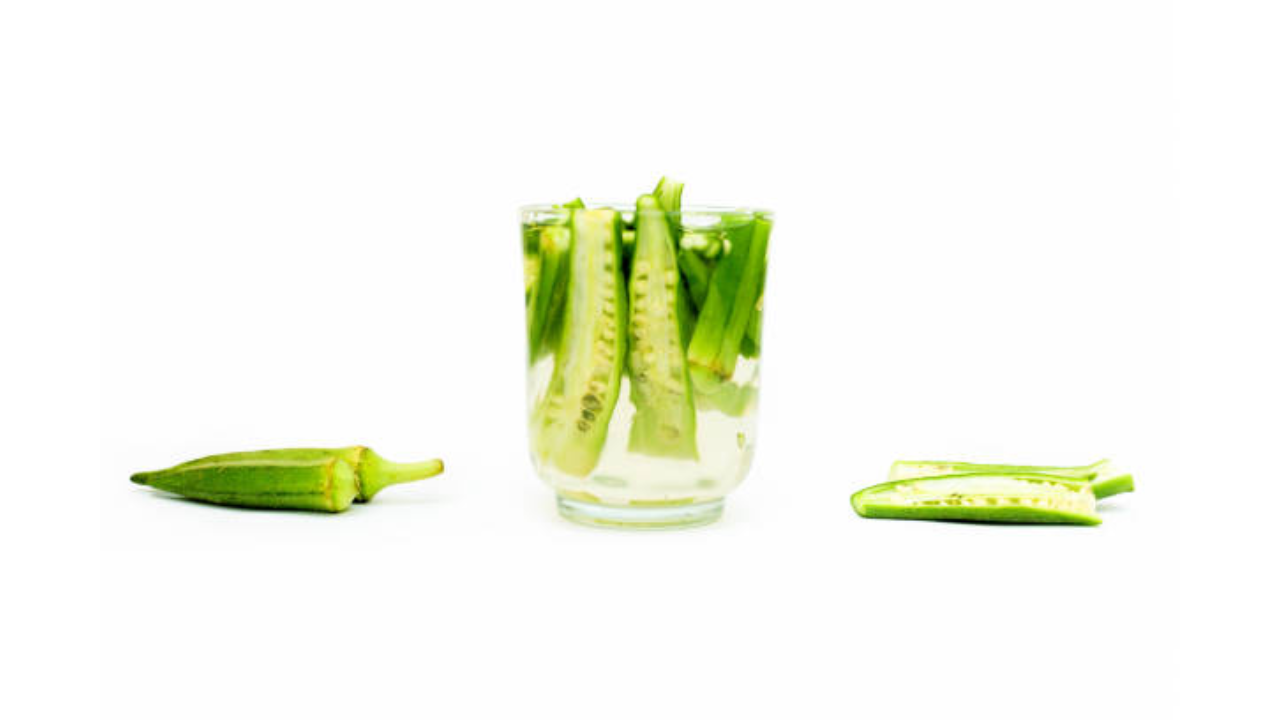Non-pathogenic Listeria, Bacillus cereus, and Staphylococcus aureus have been detected in plant-based products tested in Switzerland. The study, published in the Journal of Food Protection, assessed the microbiological quality and occurrence of some foodborne pathogens in plant-based meat alternatives from Swiss retailers. Plant-based meat alternative products have a high water… Continue Reading Uncategorized, Bacillus cereus, Journal of Food Protection, Listeria, plant-based food, Staphylococcus aureus, Switzerland Food Safety News
Non-pathogenic Listeria, Bacillus cereus, and Staphylococcus aureus have been detected in plant-based products tested in Switzerland.
The study, published in the Journal of Food Protection, assessed the microbiological quality and occurrence of some foodborne pathogens in plant-based meat alternatives from Swiss retailers.
Plant-based meat alternative products have a high water activity, high nutrient content, and only slightly acidic pH, making them susceptible to microbial spoilage. These items have specific processing steps, such as extrusion or cooking, and use raw materials such as soy, wheat, or pea proteins.
In December 2023, 100 plant-based meat alternatives were randomly collected from five major retail stores. A total of 84 vegan and 16 vegetarian products from 27 brands were analyzed qualitatively for the presence of Salmonella and Listeria monocytogenes and quantitatively for Staphylococcus aureus, Bacillus cereus, Enterobacteriaceae, and total viable count. Also, pH measurements were carried out, and the water activity value was determined.
No Salmonella or Listeria monocytogenes were detected. However, seven products were contaminated with other Listeria species.
Selected results
Six of the seven Listeria isolates were Listeria innocua, while the other was Listeria seleri. This finding shows that Listeria species can occur in such products. Researchers said their presence shows that Listeria monocytogenes cannot be ruled out and should be examined with a larger sample size.
Six samples contained Enterobacteriaceae, which scientists said might indicate hygiene failures during production, contaminated raw materials, or cross-contamination.
Staphylococcus aureus was detected in two samples. Bacillus cereus group members could be detected in five samples. The genome sequencing of three isolates found Bacillus paranthracis, Bacillus cereus sensu stricto, and Bacillus cytotoxicus.
All products in which Bacillus cereus or Staphylococcus aureus could be detected were vegan. Scientists said further studies are needed to investigate whether this is a coincidence.
The study’s pH values ranged from pH 4.6 to pH 6.9, and the aw values ranged from 0.87 to 1. The tested products were in the expected range, which increases the risk of microbial spoilage and the growth of foodborne pathogens. Knowing the pH and aw values, it is possible to estimate whether a certain pathogen can multiply in the product.
“This study provides data relevant for HACCP concepts of companies that produce plant-based meat alternative products and helps to define microbiological parameters that should be included when testing such products,” said researchers.
“Future studies should investigate a possible pattern linking certain raw materials (such as soy, wheat or pea proteins) to higher microbial contamination rates, as described in previous papers but could not be demonstrated in this study.”
(To sign up for a free subscription to Food Safety News, click here.)








